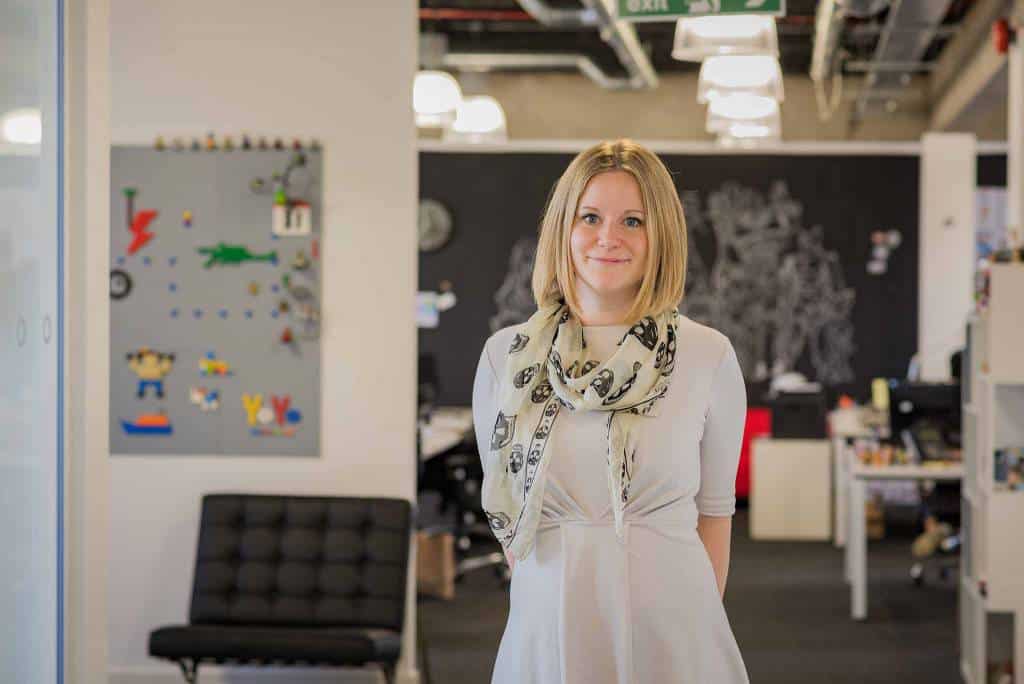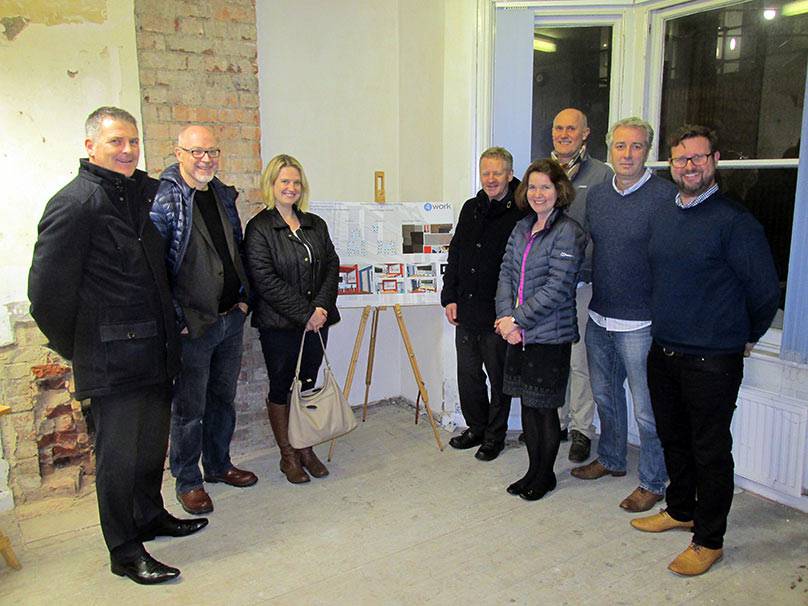Tunbridge Wells is one of the UK’s top ‘creative hotspots’, according to a new report by Creative England, the not-for-profit organisation that supports the sector.
The in-depth analysis, made in collaboration with the innovation charity Nesta, sheds light on what makes the town one of the most prolific places for running a creative business.
While the report states it is ‘unsurprising’ that London comes out on top, it goes on to say: “What is perhaps more interesting is that some of the locations that follow it – places such as Tunbridge Wells, Slough, Heathrow… Aldershot – are not examples of ‘creative cities’, at least as usually defined.”
The report found a ‘high concentration’ of creative industries with a ‘high growth rate’ in Tunbridge Wells and the surrounding area.
It attributes this to the town’s ability to draw on a wide and varied pool of talent within its TTWA (Travel To Work Area) in order to sustain and grow the sector.
A score is given to each area’s TTWA, and on this measure Tunbridge Wells scores second behind London and equal to better known locations such as Brighton by fulfilling five out of 12 criteria.
These metrics include the concentration of creative businesses, their subsectors and employment as well as growth in these areas.
The report adds: “This geographical proximity has important advantages: Creative businesses are able to tap into a critical mass of creative workers, access clients and collaborate and share information with one another.”
For those who work in the sector locally, the findings of the survey are welcomed but come as little surprise.
Mike Goode, of Hop House Design – a marketing, branding and advertising firm on Church Road, Tunbridge Wells – said it was a case of ‘birds of a feather stick together’.
“Tunbridge Wells is a strong and positive brand. Many clients like it when you say this is where the company is based and it sends out a positive signal.
“It is a good source of freelance workers, whether that is copywriters, web designers or app designers.”
He explained the importance of the creative sector in the local economy is nothing new and that it has a long legacy of excelling in the field, which adds to the attraction of setting up a company here.
“In the 1980’s Tunbridge Wells had the biggest advertising agency outside of London in the form of Newton & Godin. There was a huge print base, which quite a few companies still specialise in, and I believe one of the largest concentrations of typesetters.”
He added that although a disproportionate number of creative specialists who lived here worked in the town, many also travelled up to London for work, adding to the general skillset of the area, although he believes connection to London is less important nowadays.
“It used to be an issue, but not as much now. I used to travel up to London frequently but now only do so about once a month.”
For others, though, the proximity to other creative areas is still an important factor.
Tom Chown, owner of video production company Digitom, which is based in the town, said: “This report highlights what a strong position Tunbridge Wells holds in the UK for creativity.
“We have a growing hub of creative industries in our town and for this report to acknowledge Tunbridge Wells as an area of high concentration and growth proves that we’re the creative jewel in west Kent.
“As a business owner where travel is a big part of the work, we’re so well connected, with London 45 mins on a fast train, the continent a short drive to Dover and a hop across the channel, and Gatwick 50 minutes away for international flights.”
He added that projects such as the creation of the new ‘Tunbridge Wells Media Centre’, which is opening soon in Monson Road, will also help by giving a central focus for talented individuals to grow their businesses.
His views were echoed by Larry Hardcastle, who founded the local web design and search engine specialist firm Larrytech 15 years ago.
He said: “Given the fantastic local business community, it’s not surprising that Tunbridge Wells is a key creative hotspot.
“We have the advantage of being close enough to London that we can have many clients there, whilst still retaining an excellent network locally.
“Many creatives are often drawn to Tunbridge Wells as they have the opportunity to create the same fantastic work for clients but without the headache and expense of a commute or living in London itself.
Brilliant local agencies
“There are some brilliant local creative agencies, and I don’t see any reason for that trend not continuing.”
The two main sub-sectors that Tunbridge Wells and its surrounding area specialises in are digital marketing and web development.
There are 2,138 creative businesses within the TTWA, making up 11.5 per cent of the total and employing more than 6,000 people.
On average each firm employs just under three people and as a sector constitutes 9.4 per cent of the local economy’s economic output.
About the report
The report identified a total of 49 ‘creative clusters’ across the UK based on identifying groups of creative subsectors, their concentration and their importance to the local economy.
It found the creative sector was valued at £81billion, formed 5.2 per cent of the UK economy in 2014, and employed just under two million people last year.
The report said: “Creative industries display a strong tendency to concentrate in a small number of locations. In doing so, they form creative clusters – concentrations of creative businesses and workers that collaborate and compete with each other.”
However, the specialisations of each of these clusters is varied and the dynamic is different in each one. It therefore urges against a ‘one size fits all’ approach to implementing policy for the creative industries and instead recommends a ‘pragmatic and data-driven approach.’
Jenny Kitchen MD of Yoyo Design

“The reported figure of 2,138 creative businesses in the Tunbridge Wells area is a huge figure, but it doesn’t surprise me. The sector is thriving locally. One of the fantastic traits of this industry, as identified within the report, is the importance placed on networking with peers, competitors and complementary businesses. Southpaw, Digitom, Maxim and ourselves at Yoyo are some of the agencies that have created their own events to encourage collaboration and engagement within the local creative sector. I’ve always believed that to continue the fast growth that this industry is experiencing, to continue to innovate and progress our thinking, we need to collaborate with each other. And so I’m very glad Yoyo has chosen Tunbridge Wells as their home.”
TTWA explained
A Travel to Work Area (TTWA) is a statistical tool used by UK Government agencies to indicate an area
where the population would generally commute to a larger town, city or conurbation for the purposes
of employment.
Travel to Work Areas are defined by the Office for National Statistics using census data for commuting between wards, based on the different locations of individuals’ home and work addresses.
A Travel to Work Area is a collection of wards where ‘of the resident economically active population, at least 75 per cent actually work in the area, and also, that of everyone working in the area, at least 75 per cent actually live in the area.’
Tunbridge Wells is one of 243 TTWAs and on this measure its geography incorporates towns such as Tonbridge, Paddock Wood Edenbridge and Crowborough as well as large parts of the Weald.








